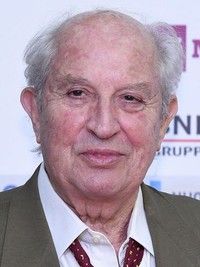Vittorio Storaro

A modern master of his art who came to prominence for his work on the films of Bernardo Bertolucci, Vittorio Storaro has also shot a number of English-language films, including several directed by Francis Ford Coppola ("Apocalypse Now" 1979, "One From the Heart" 1982, "Tucker: The Man and His Dream" 1988). Arguably the best cinematographer of his generation, he is unparalleled in his eloquent use of color and there is no director of photography on the scene in the 1990s who is as fully understanding of the comparisons between film composition and painting--so much so that his films seem to realize the cognizance of lighting that could only be attempted with a brush stroke by great painters. Storaro is more than a genius of lighting; he has demonstrated an understanding of the psychological and emotional potential of film which could never even be approached under the color film stocks used prior to the late 60s. Light and color for Storaro are expressions of the conscious and the unconscious. For example, each act of "The Last Emperor" (1987) has a color scheme to correspond to the level of the story. The first part of the film, in which the emperor is seen trying to commit suicide, is devoid of almost all color except red while in the flashback sequences, the youngest part of the emperor's life is filled with the yellows of youth and new birth which almost devour the screen. Light becomes energy, but energy translated into an analytical force. In "Last Tango in Paris" (1972), orange becomes the color of passion, while in "The Conformist" (1971), the film is almost in black and white, but blue pierces through indicating the conflict between light and shadows.